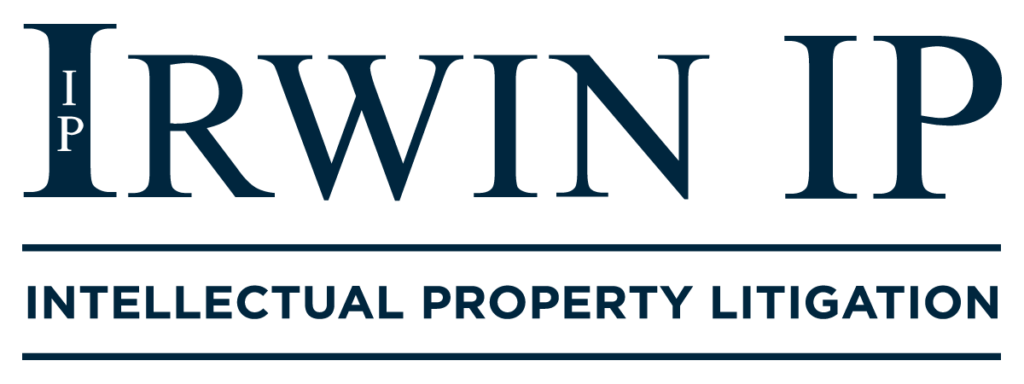In a nonprecedential opinion, the Trademark Trial and Appeal Board (the “Board”) affirmed a decision refusing to register the trademark TRUMP TOO SMALL on the grounds that the mark consisted of President Trump’s name without his written consent. In doing so, the Board rejected arguments that the applicable Lanham Act restriction (15 U.S.C. § 1052(c)) is an unconstitutional restraint on free speech.
Applicant Steve Elster sought to register the standard character mark TRUMP TOO SMALL on the Principal Register in connection with various forms of shirts. The Examining Attorney refused registration on the grounds that the mark falsely suggested a connection with the President under 15 U.S.C. § 1052(a) (i.e., Section 2(a) of the Lanham Act) and that it used his name without his consent under 15 U.S.C. § 1052(c) (i.e., Section 2(c)). On appeal, the Board affirmed the decision under the second ground, 15 U.S.C. § 1052(c), and did not address the first.
Section 2(c) of the Lanham Act provides that no trademark should be registered that “[c]onsists of or comprises a name, portrait, or signature identifying a particular living individual except by his written consent …” 15 U.S.C. § 1052(c). Recognizing there may be situations in which a name is used that does sufficiently identify an individual, the Board has devised a test requiring written consent of the individual where “(1) the public would reasonably assume a connection between the individual and the goods or services because the individual is so well known; or (2) the individual is publicly connected with the business in which the mark is used.” The Applicant argued that the public would not reasonably assume a connection between the mark and the President, given the “grandiose impression” often conveyed by President Trump. The Board rejected this argument, noting that whether the public would assume a connection between the mark and the individual is simply a proxy for whether the mark identifies the individual, as opposed to a requirement as it is under Section 2(a). Given the other factors present, such as the fame of the President and the Applicant’s admission that the mark identified the President, the Board found it need not expressly find an association between the mark and the individual in the minds of the public. Because the Applicant did not obtain the written consent of President Trump, the Board found refusal proper under Section 2(c).
The Applicant also challenged Section 2(c) as an unconstitutional content-based restriction on private speech. Because presidents yield rights of privacy and publicity and invite widespread use of their names by seeking public office, the Applicant argued, the prohibition cannot be justified as narrowly tailored to a compelling state interest. Relying on a recent Board decision addressing a similar issue, the Board rejected the Applicant’s arguments for several reasons. First, because Section 2(c) only sets criteria for trademark registration, as opposed to controlling the way the mark is used, the Board noted it is not a direct restriction on speech. Second, the Board noted the viewpoint neutrality of Section 2(c). In contrast with Section 2(a)’s disparagement and immoral/scandalous marks restrictions, recently struck down by the Supreme Court, Section 2(c) is not viewpoint discriminatory because it does not disfavor certain ideas. Rather, the Board noted the Section 2(c) offers an “objective, straightforward” manner to assess whether a mark should be registered.
Finally, the Board found that even if strict scrutiny were warranted, the prohibition imposed by Section 2(c) recognizes the right of privacy and publicity that a living individual has in his or her identity. Thus, Section 2(c) is narrowly tailored to recognize this right and accomplish the goal of preventing consumer confusion concerning the source of goods. The Board thus affirmed the decision to deny registration under Section 2(c) of the Lanham Act, and held it need not address the arguments based on Section 2(a).
